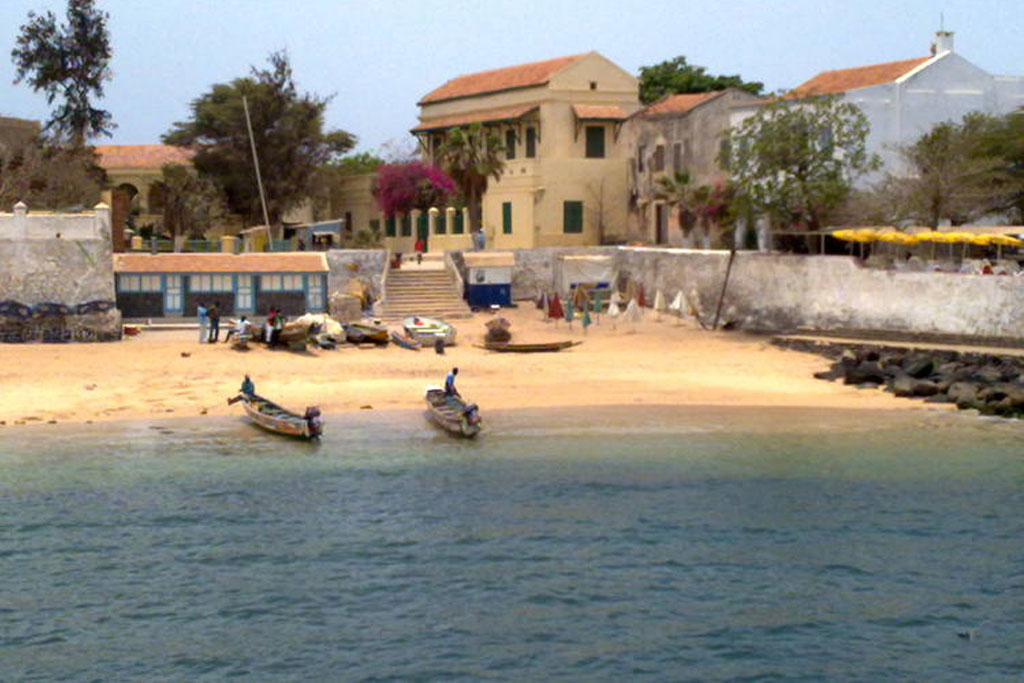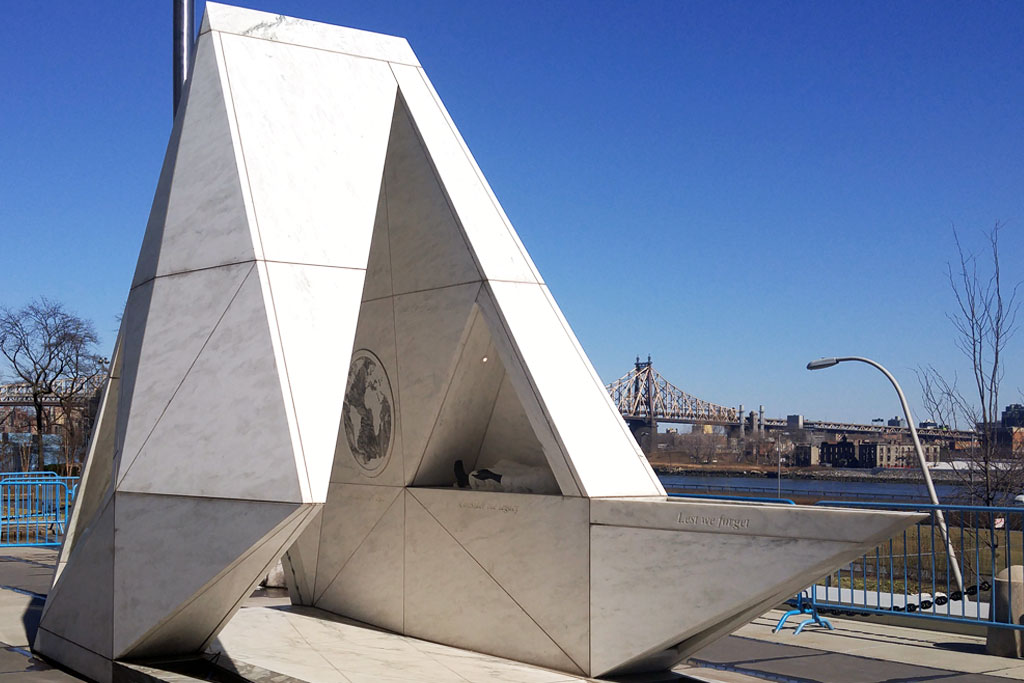PHOTO FEATURE: The enduring legacy of the transatlantic slave trade
The transatlantic slave trade was the largest forced migration in history and undeniably one of the most inhumane. According to the United Nations, over a 400-year period, the forcible extraction of Africans from their motherland was unprecedented in the annals of recorded human history.
In 2007, the General Assembly declared 25 March as the International Day of Remembrance of the Victims of Slavery and the Transatlantic Slave Trade, to be observed annually.
The Day offers an opportunity to honour those who suffered at the hands of the brutal slavery system. It also aims to raise awareness about the dangers of racism and prejudice today.
Speaking at the General Assembly commemorative meeting for the International Day, UN Secretary-General António Guterres’ pointed out that a number of countries still suffer from economic patterns and decisions set in motion long ago with many families still feeling the trauma imposed on their forebears, "We must continue to recognize the persistent pain of this legacy, even in the present moment," he said.
"Moreover," he added, "we know that, while some forms of slavery may have been abolished, others have emerged to blight our world, including human trafficking and forced and bonded labour. Heeding the lessons of yesterday means fighting these ills today."

Annual Global Student Video Conference Commemorating Victims of Slavery. Photo: UN Photo/Manuel Elias
This year the theme "Remember Slavery: Recognising the Legacy and Contributions of People of African Descent" recognises the horrors of the slave trade, while acknowledging that it led to an unprecedented transfer of knowledge and culture from Africa to the Americas, Europe and elsewhere.
Enslaved Africans brought with them advanced techniques of farming, working metals such as gold and iron, and boat building, among others. Those skills need to be remembered and celebrated.
“This is a story that has shaped almost every culture of the world,” Dr. Lonnie G. Bunch III, Director of the National Museum of African American History and Culture told UN News.
This commemoration also acknowledges the enduring contributions of the vibrant African diaspora, which continue to enrich cultures across the globe.
Through music, dance, spirituality, sport, literature, art and cuisine, the diaspora has enabled societies to advance in science, technology, business, politics, law, social justice and international diplomacy, to name just a few.
The theme for this year’s International Day appropriately invites us to appreciate and honour the diaspora’s tremendous achievements.
Looking back to move forward
According to the UN Educational, Scientific and Cultural Organization (UNESCO), between the 15th and 19th centuries, the Island of Gorée, off the coast of Senegal, was the largest trading centre of slaves from the African coast.

The island of Gorée lies off the coast of Senegal, opposite Dakar. Photo: UNESCO/Richard Veillon
On the Island of Gorée, the architecture of the House of Slaves and its Door of No Return is characterized by the contrast between the dark slave quarters and the elegant houses of the slave traders. In 1962, it became a museum to memorialize the final exit point of the slaves from Africa. Today, the island is a symbol of human exploitation and a sanctuary for reconciliation.

‘The Ark of Return’ honours the memories of the estimated 15 million men, women and children who were victims of the forced extraction. Photo: UN News/Elizabeth Scaffidi
In 2015, the Ark of Return Permanent Memorial was officially unveiled on UN plaza in New York to stand as a reminder to the world’s leaders of their responsibility to combat racism and prevent past tragedies from ever occurring again.
Annually, more than one million people contemplate the legacy of the slave trade while visiting the installation by experiencing its primary elements.
The first, “Acknowledge the Tragedy,” is a three-dimensional map that depicts the global scale of the triangular slave trade. The second, “Consider the Legacy,” is a full scale human figure that illustrates the extreme conditions under which millions of African people were transported. The third element, Lest We Forget, is a triangular reflecting pool where visitors can honour the millions of lost souls.





